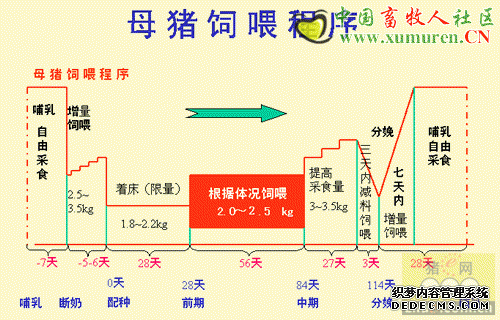4 and N2O emissions compared to standard practices.
With respect to storage and land application of manure, more scientific information about the comparative impacts of different technologies (e.g. aeration or covering of storage facilities, surface application vs injection or incorporation of manure) on GHG emissions and on odour emissions and ammonia losses is needed before it becomes possible to identify technological options that have significant positive impacts on all of these important issues. On the manure treatment front, anaerobic biodigestion processes offer the potential of converting the methane produced through the microbial decomposition of manure into carbon dioxide if that methane is used to generate energy. The potential benefits of that option with respect to GHG emissions are twofold: 1. methane, a more potent GHG gas, would be substituted by carbon dioxide and, 2. the energy generated would result in an overall reduction in the use of fossil fuels.
What Lies Ahead?
Whether or not the Kyoto Protocol or any other international commitment to reduce anthropogenic GHG emissions are implemented in the near future, it is unlikely that the current global warming trend will be stopped. The Earth's climate will continue to change and human activities, including agriculture and swine production, will need to adapt to these new environmental conditions. Where and how pork is produced in Canada will most likely have to change in light of the different warming trends that will be experienced in the different regions of the country.
Source - Ruurd T. Zijlstra, Ph.D - Prairie Swine Centre - April 2004
声明
来源:互联网
本文地址:http://farm.00-net.com/yz/zhu/5/2007-09-20/142358.html








